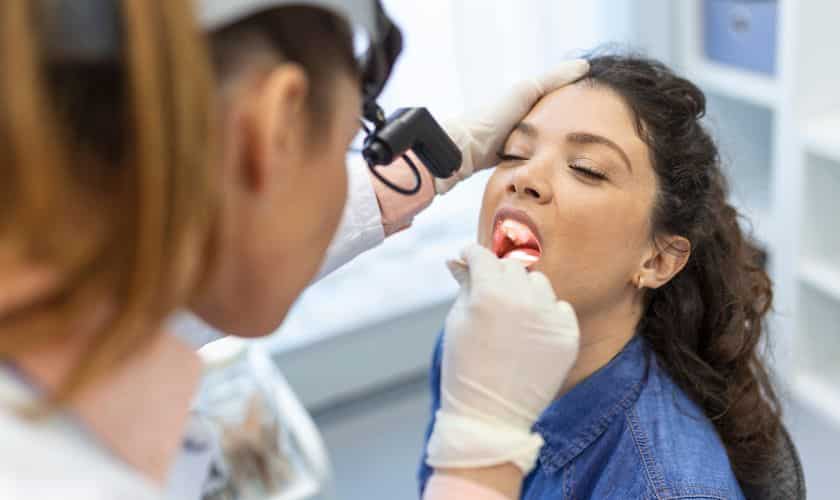
Oral cancer is a silent killer that often goes undetected until it’s too late. But did you know that with early detection, oral cancer can be treatable and even curable? That’s why oral cancer screening is critical to maintaining your overall health. In this blog post, we’ll discuss the importance of oral cancer screenings and what you need to know about them. So sit back, relax, and let’s get started!

Source: www.freepik.com
What Is Oral Cancer?
Oral cancer, also known as mouth cancer, is a type of cancer that occurs in the tissues of the mouth. Oral cancer can affect any part of the mouth, including the lips, gums, tongue, and roof of the mouth.
While oral cancer is not as common as other types of cancer, it is still important to be aware of the signs and symptoms of this disease. Some common signs and symptoms of oral cancer include:
- A sore or irritation in the mouth that does not heal
- A lump or mass in the mouth
- White or red patches on the gums, tongue, or inside of the cheek
- Difficulty swallowing or chewing
- Pain when swallowing
- Changes in voice
If you experience any of these symptoms, it is important to see a doctor or dentist right away. While these symptoms may be caused by something other than oral cancer, it is important to rule out this possibility. Early detection is key to treating oral cancer successfully.
Source: Cleveland Clinic
The Different Types Of Oral Cancer
Oral cancer can be divided into two main types: those that develop in the mouth, and those that develop in the throat.
- Mouth Cancers can be further divided into cancers of the lips, tongue, gums, floor of the mouth, and palate (roof of the mouth). The most common type of mouth cancer is squamous cell carcinoma, which arises from the thin, flat cells that line the inside surfaces of the mouth.
- Throat Cancers are more likely to affect men than women and are most commonly diagnosed in people over the age of 55. The two most common types of throat cancer are squamous cell carcinoma and adenocarcinoma. Squamous cell carcinoma arises from the thin, flat cells lining the inside surfaces of the throat, while adenocarcinoma develops in the glandular cells that produce mucus.
How Is Mouth Cancer Diagnosed?
Oral cancer screening is important for detecting early signs of the disease. There are several ways to screen for oral cancer, including visual examination, palpation, and brush biopsy.
- Visual Examination is the most common method of screening for oral cancer. During a visual examination, the dentist or doctor will look for any abnormal growths or changes in the mouth. They will also look for any ulcerations, red or white patches, or anything else that looks out of the ordinary.
- Palpation is another common method of screening for oral cancer. During palpation, the dentist or doctor will feel around the neck and jaw for any lumps or swellings. They will also check the lymph nodes for any enlargement.
- A Brush Biopsy is a less common but more invasive method of screening for oral cancer. During a brush biopsy, a small brush is used to collect cells from the inside of the cheek. These cells are then examined under a microscope to look for any abnormal changes.
Oral cancer screening is a crucial part of protecting your health. Regular screenings can help detect any abnormalities in the mouth or throat, allowing for early treatment and prevention of potential complications. We hope this article has given you the information necessary to understand why oral cancer screening is so important and what you should look out for when scheduling an appointment with your dentist. Now that you know more about oral cancer screening, be sure to make an appointment with your doctor if you haven’t already been screened!


